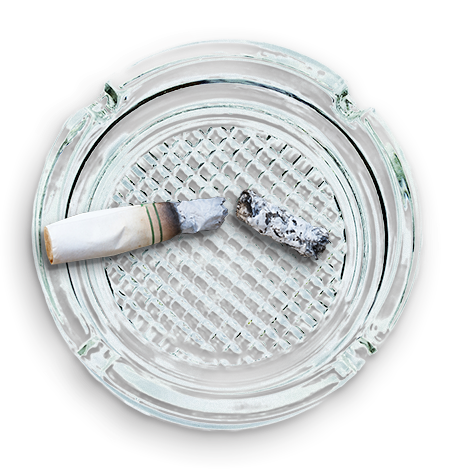Tobacco and Vaping Products
It is best for your health and those around you to not use tobacco and vaping products, and to avoid being exposed to them. If you’re not able to stop, think about ways to reduce harm to yourself and those around you.
There is support to help you make changes to reduce and quit.
Note: References to ‘tobacco’ on this page do not include ‘traditional tobacco’ used by First Nations and Metis groups for ceremonial purposes.




